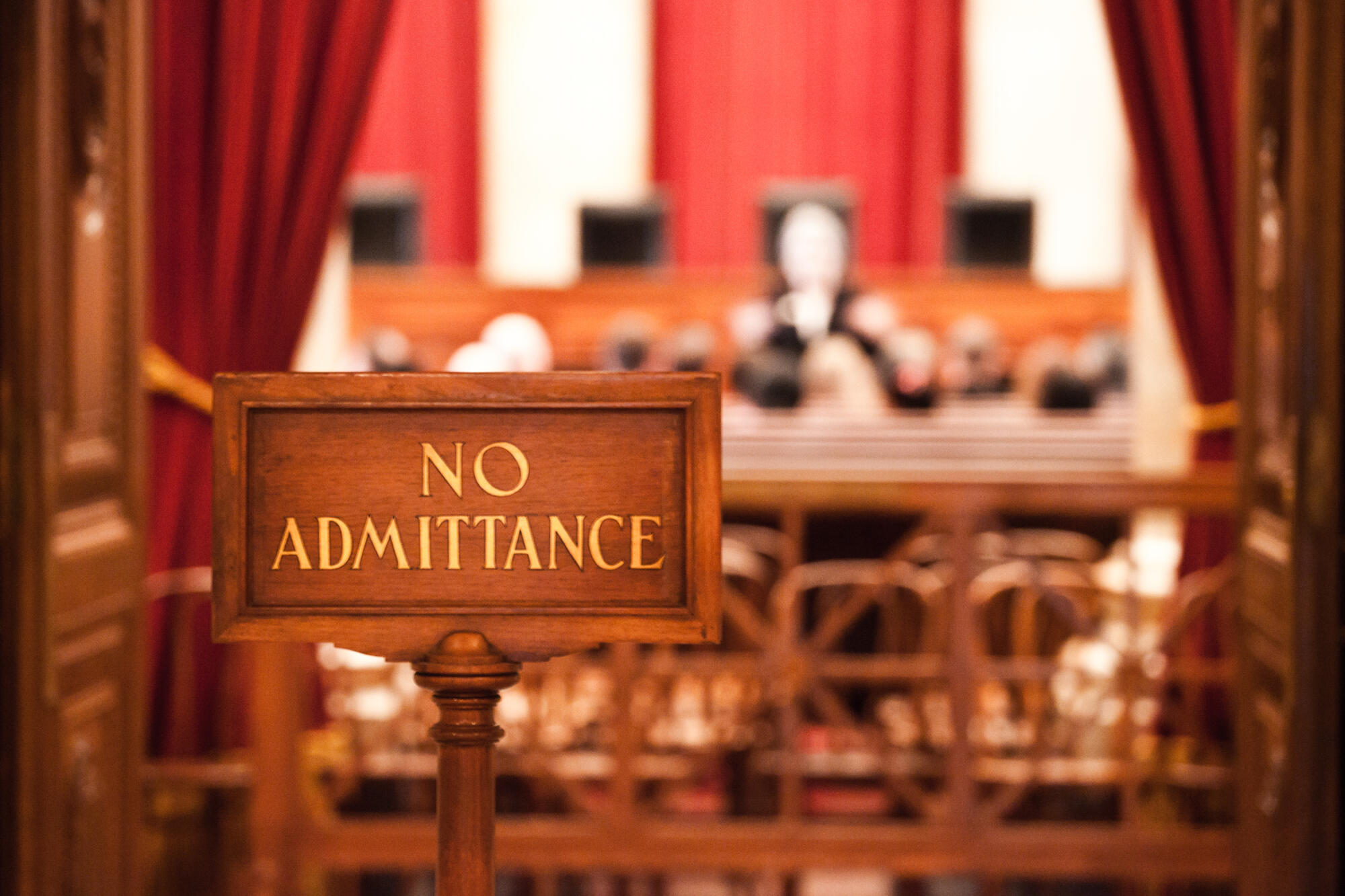
In the legal proceedings, trial board presentations stand out. These visual aids can make or break your case. But how do you ensure they’re as effective as possible?
Optimizing print quality for trial board materials is crucial. This guide will walk you through the dos and don’ts. We cover everything from selecting the right materials to the final print check.
Prepare to give your trial board the edge it needs. With these tips, your presentations will capture attention and convey your arguments clearly and effectively.
Choosing the Right Materials
For trial board printing, not all materials are created equal. It’s crucial to consider your options before making any decisions. Here are some factors to keep in mind:
Paper Quality
The type and weight of paper you choose can impact the look and feel of your trial boards. Thicker, glossy paper tends to look more professional and can make your visuals stand out.
Ink Quality
The quality of ink used in printing can also affect the appearance of your trial boards. You want to choose a printer that uses high-quality, vibrant ink to ensure your visuals are eye-catching.
Size and Format
Consider the size and format of your trial boards before printing. Will they be displayed on easels or mounted on a wall?
Will they need to fit within a specific space? These factors can determine the size and format you should print in.
Lamination
Adding lamination to your trial boards can protect them from wear and tear. It can also enhance their appearance. Lamination adds a glossy finish and can make colors appear more vibrant.
Printing Dos and Don’ts
Once you’ve selected the right materials, it’s time to move on to the actual printing process. Here are some dos and don’ts to keep in mind:
Do a Test Print
Before committing to a large print job, always do a test run on the same materials and with the same settings. It will give you an idea of the final product and allow you to make necessary adjustments.
Use High-Resolution Images
To ensure your visuals are clear and crisp, use high-resolution images. Avoid using low-quality or pixelated images as they can detract from the quality of your trial boards.
Proofread Carefully
Don’t let typos or errors ruin your presentation. Make sure to proofread your trial board materials before printing.
Don’t Overcrowd
When designing your trial boards, less is often more. Avoid overcrowding them with too much text or images, as this can make them overwhelming and difficult to read.
Use a Professional Printer
While printing trial boards in-house may seem cost-effective, using a professional printer can enhance the quality of your materials. Professional printers offer the expertise and equipment needed to produce vibrant, high-quality prints.
For those seeking professional quality, the legal printing services available here accommodate all your trial board needs, from high-resolution prints to durable lamination. Explore our offerings to ensure your presentations stand out with the clarity and impact required in the courtroom.
Consider These Guides for Dos and Don’ts When Printing on Trial Board
Perfecting your trial board takes time and attention. Selecting the right materials ensures a professional appearance. Image resolution essentials cannot be overlooked for clarity.
High-quality prints make your arguments compelling. Always opt for professional printing for the best results. Do final checks to avoid last-minute surprises.
Presenting a polished trial board reflects your dedication. Every detail contributes to your trial’s success. Remember, a well-prepared trial board can impact your case.
Did you find this article helpful? If so, check out the rest of our site for more informative content.




